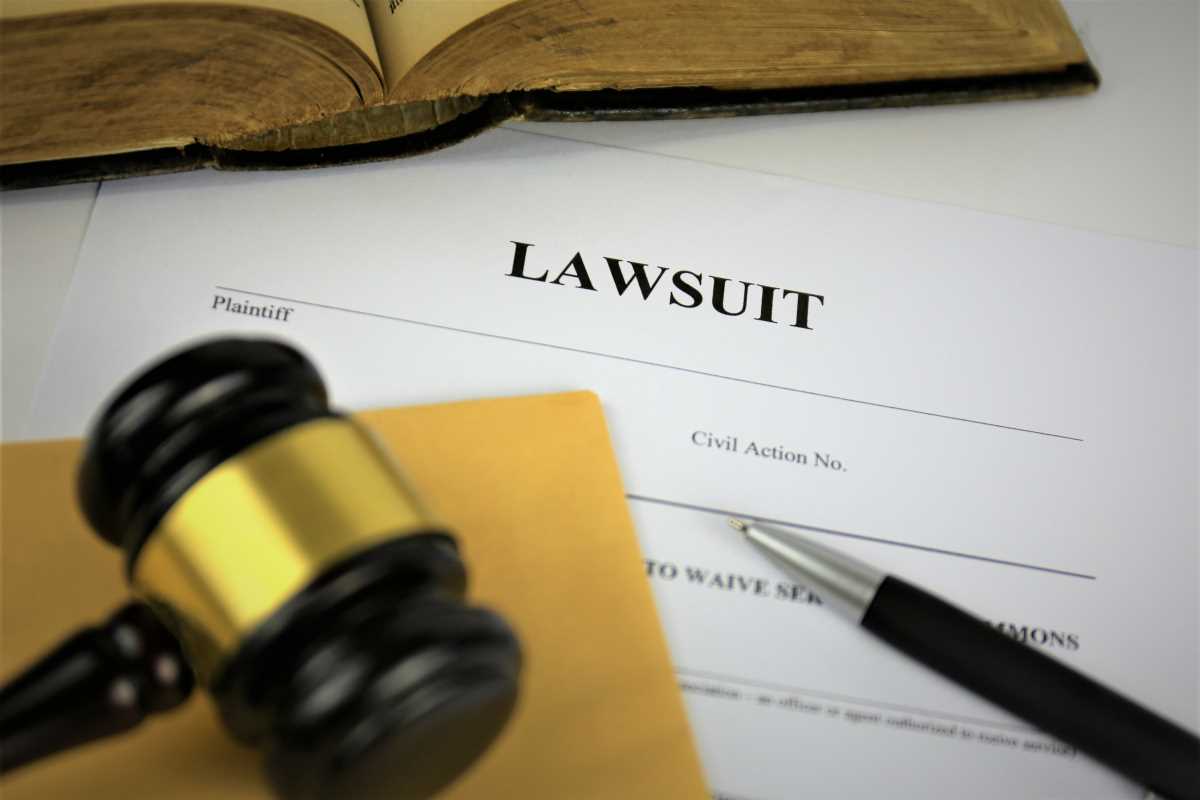Being involved in a lawsuit can be an overwhelming experience, particularly if the legal process feels unfamiliar or complex. Whether you are initiating legal action or responding to a claim, the process requires a solid understanding of key steps, legal terms, and important considerations. Lawsuits might seem intimidating at first, but with proper knowledge and preparation, you can approach them with greater confidence.
This guide aims to provide a clear and straightforward overview of the lawsuit process, offering practical insights to help you understand what to expect along the way. From filing a claim and decoding legal jargon to preparing for court appearances and assessing your options, this essential guide equips you with the knowledge you need to better manage your case and protect your interests.
What is a Lawsuit?
A lawsuit is a formal legal dispute presented in court, typically involving two parties with opposing claims. The person or party filing the lawsuit, known as the plaintiff, seeks a resolution to an issue, such as compensation for harm, enforcement of a contract, or another remedy. The opposing party, called the defendant, responds to the plaintiff’s claims and defends against them.
Lawsuits can arise for many reasons. Common examples include personal injury cases, disputes between businesses and consumers, property disagreements, and breach of contract claims. Additionally, criminal cases are filed by government entities against individuals or organizations accused of violating laws. Knowing the type of lawsuit involved and the appropriate court is an important first step in navigating the process.
Filing a Lawsuit
The lawsuit process begins with the filing of a legal claim. This involves submitting a formal legal document, often called a complaint or petition, to the court. The complaint outlines the basis of the lawsuit, including the facts of the case, the legal grounds on which the claim is based, and the remedy being sought. For example, a plaintiff in a personal injury case might request compensation for medical bills, lost income, and emotional distress.
Once the complaint is filed, it must be properly delivered to the defendant to ensure they are informed of the lawsuit and have an opportunity to respond. This is done through a process known as service of process, which can be carried out by certified mail or by a legal professional authorized to serve documents.
After being served, the defendant typically has a set period to respond to the complaint by filing a formal document known as an answer. The answer addresses the claims made in the complaint and may include defenses or counterclaims. For example, the defendant might argue that they are not legally responsible for the harm alleged by the plaintiff.
Important Legal Terms to Know
One of the challenges of navigating a lawsuit is understanding legal terminology, which often feels like a foreign language to those unfamiliar with the system. However, learning common terms can greatly clarify the process.
For example, discovery refers to the phase when both sides exchange evidence and information to build their respective cases. This may involve gathering documents, taking witness statements, or submitting questions to the opposing party. A motion is a formal request made to the court, often seeking a specific ruling on an issue before the case proceeds to trial.
Settlements and judgments are also key terms to understand. A settlement is an agreement between the parties to resolve the dispute without going to trial, while a judgment represents the court’s final decision after a trial. Familiarity with these terms can help you understand the legal steps your case may go through.
The Discovery Stage
One of the most important stages of a lawsuit is discovery, the process where opposing parties gather evidence to support their claims. Discovery allows both sides to access relevant information and ensures that surprises are minimized during trial. For example, in a personal injury case, the plaintiff might request the defendant’s records to prove negligence, while the defendant might seek the plaintiff’s medical history to verify claimed injuries.
This stage involves several tools for gathering information, such as written interrogatories, which are questions one party sends to the other to learn specific details. Depositions are another common aspect of discovery, where witnesses or parties give sworn testimony under questioning by attorneys. Preparing evidence and exchanging information during discovery is often a time-consuming but crucial part of building a strong case.
Preparing for Court
If a lawsuit progresses beyond discovery and initial negotiations, it may proceed to court. At this stage, preparation becomes essential for presenting a persuasive case. Whether you are the plaintiff or the defendant, organization and attention to detail are critical.
Begin by reviewing all documents related to the lawsuit, including evidence, witness statements, contracts, communications, and previous court filings. Organize this material in a way that makes it easy to reference during court proceedings. For example, keeping digital and physical copies of key documents in clearly labeled folders can help you stay organized.
Understanding the specific procedures and expectations of the court handling your case is another important step in preparation. Courts follow rules that govern everything from filing motions to presenting evidence, and adherence to these procedures ensures your case is heard properly. Your attorney will serve as a critical resource for ensuring that you meet all court requirements.
For those who will testify in court, practicing testimony beforehand can help ease nerves and ensure your statements are clear and consistent. Testimony preparation may involve anticipating questions from attorneys and practicing how to respond succinctly and honestly. Courtroom etiquette, such as dressing professionally and addressing the judge respectfully, also plays a role in making a positive impression.
Settlements vs. Trials
Not all lawsuits end with a trial. Many are resolved through settlements, agreements reached between the parties to avoid the time, expense, and unpredictability of a trial. Settlements are particularly common in civil cases, such as personal injury claims or contract disputes, where one party agrees to provide financial compensation or another remedy to settle the case.
Choosing whether to proceed to a settlement or continue to trial is a significant decision. Settlements offer the advantage of a quicker resolution and reduced legal costs. However, plaintiffs must be cautious to ensure settlement offers fairly compensate them for their damages. Conversely, defendants should evaluate whether settling the case offers a cost-effective alternative to the risks of trial.
If a case does proceed to trial, both sides will present evidence, call witnesses, and make arguments before a judge or jury, who will ultimately decide the outcome. While trials can be lengthy and complex, they provide an opportunity for both sides to express their case fully and seek a fair resolution.
 (Image via
(Image via





